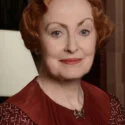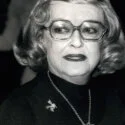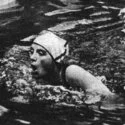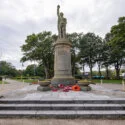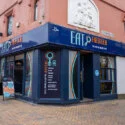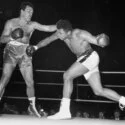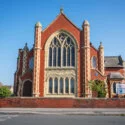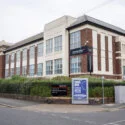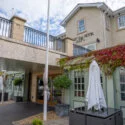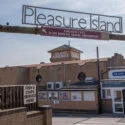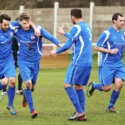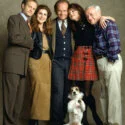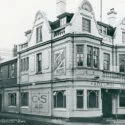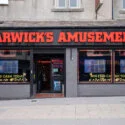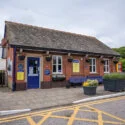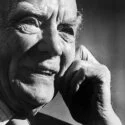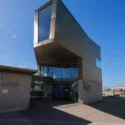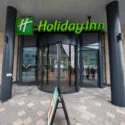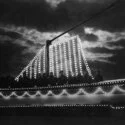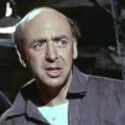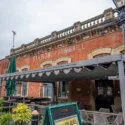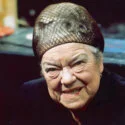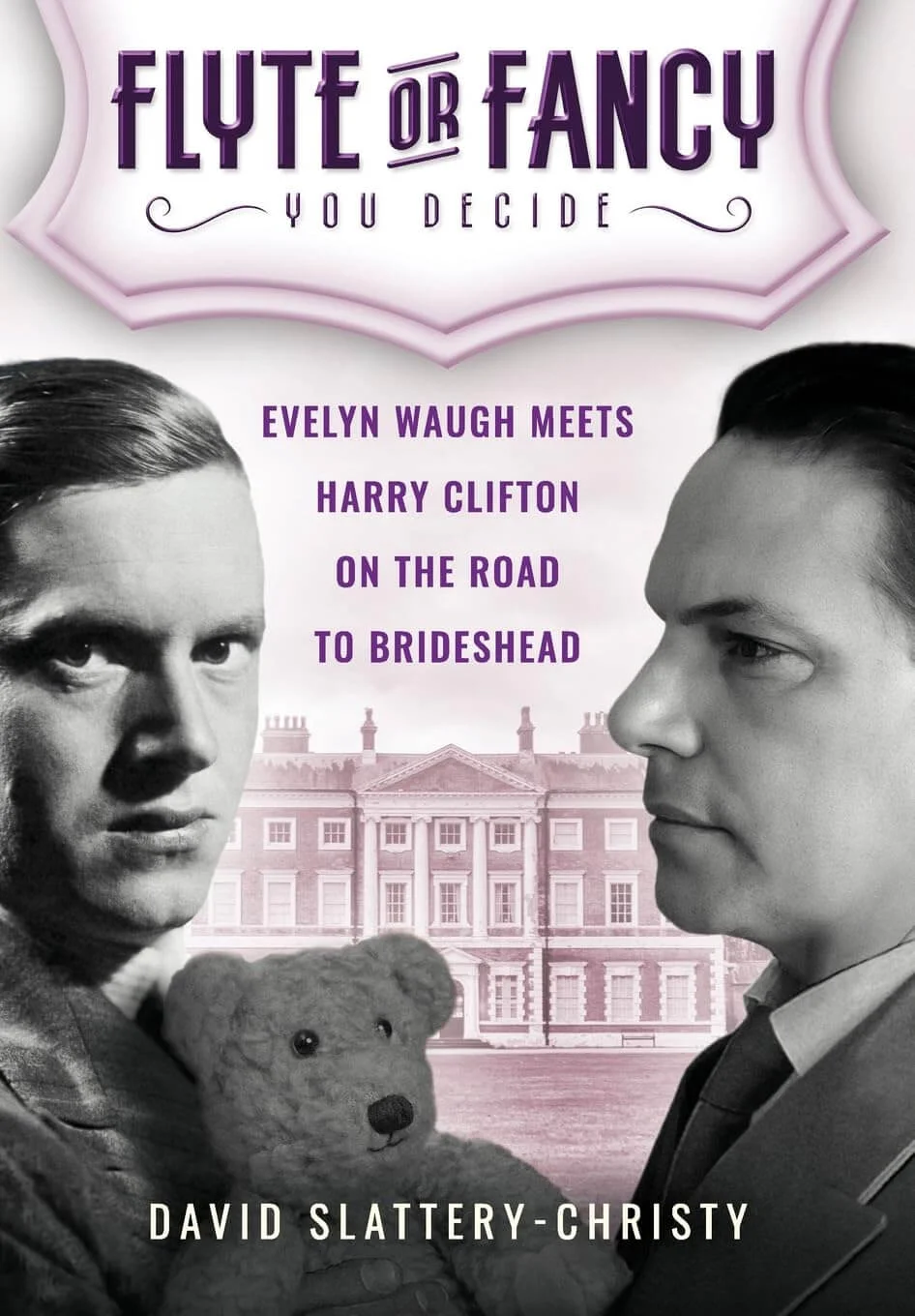Lytham Hall, completed in 1764, was designed by John Carr of York in the Palladian style. The earliest known structure on the site was a Benedictine Priory from the 12th century. This small group of monks was linked to the main Benedictine Order at Durham. Richard Fitzroger, who granted the land for the priory, was reportedly saved from death after being taken to a local church dedicated to St Cuthbert. In gratitude, he later journeyed to Durham Cathedral, where St Cuthbert’s bones were buried, to offer prayers. The monks remained at Lytham until the Dissolution of the Monasteries under Henry VIII in the 16th century. Following this, the Crown sold the Lytham land to Sir Thomas Holcroft. In 1606, it was purchased by Cuthbert Clifton of Westby, a devout Catholic, who was knighted in 1617. Clifton built a new manor house in 1625 on or near the priory site, parts of which were later incorporated into the Georgian structure that exists today. The Clifton family prospered, expanding their land holdings across the Fylde, but faced personal loss during the Civil War, when several sons died fighting for the Royalists. Their lands were confiscated but returned with the Restoration of the Monarchy in 1660. By the 1750s, the family’s wealth allowed them to commission the new house, with John Carr designing the grand Palladian mansion.
The Cliftons maintained their wealth through the 18th century, with refurbishments at Lytham Hall in the 1790s and 1830s. However, by the 19th century, their fortunes began to decline, largely due to the lavish spending of John Talbot Clifton (1868–1928) and his son, Henry Talbot de Vere Clifton (1907–1979). In the 1960s, the Hall was sold to Guardian Royal Exchange Assurance, who owned it until 1997. That year, Lytham Town Trust, a charitable organisation, purchased the property. In 2000, the Town Trust agreed on a 99-year lease with the Heritage Trust for the North West to ensure the preservation of the estate.
FLYTE OR FANCY
Evelyn Waugh described the Cliftons of Lytham Hall as “all tearing mad” during visits in the 1930s. Join him and Harry Clifton on a journey of love, friendship, excess and liberation as they fight to be free of the sexual, dynastic and religious expectations the world demands of them. With a mix of fact and fiction, join us for this journey to a land that might-have-been as we meet the eccentric Harry Clifton and his family, and his adventures with friends Bertie Pemberton-Billing and Evelyn Waugh at Oxford in the 1920s, whilst an undergraduate at Christ Church. Discover their association with the Hypocrites Club and the notorious private drinking clubs that revelled in hedonism and sexual liberation. Harry and Evelyn were both eventually sent down from Oxford without degrees.
Harry’s irresponsible decisions, after the death of his father, and his wanton disregard for his family’s heritage and reputation, and his obsession with the occult and mysticism, that led him to rely on the White Goddess and the Ghost of Hollywood to guide him with disasterous financial decisions. His darker side inspired by his favourite author and poet Edgar Alan Poe. From an equally disastrous marriage to purchasing Imperial Faberge Eggs, private suites at the Ritz Hotel and Claridges, and the squandering of eye-watering amounts of money, a doomed foray into film producing with Brian Desmond Hurst, his journey continues through the 1930s as his reckless behaviour threatens hundreds of years of his family’s reputation and heritage. On the eve of WW2 it all comes crashing down. Evelyn Waugh decides to separate from his friend but do the seeds of that friendship with Harry influence Waugh’s character Sebastian Flyte in Brideshead Revisited? His most famous novel was finally published in 1945 much to the displeasure of Harry’s widowed mother Violet Clifton. She never spoke to Waugh again.
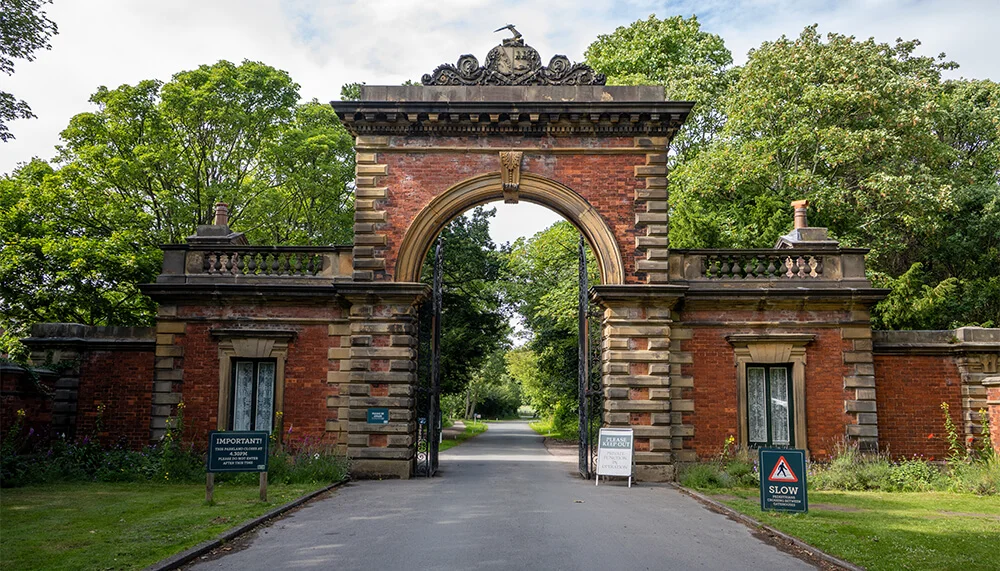
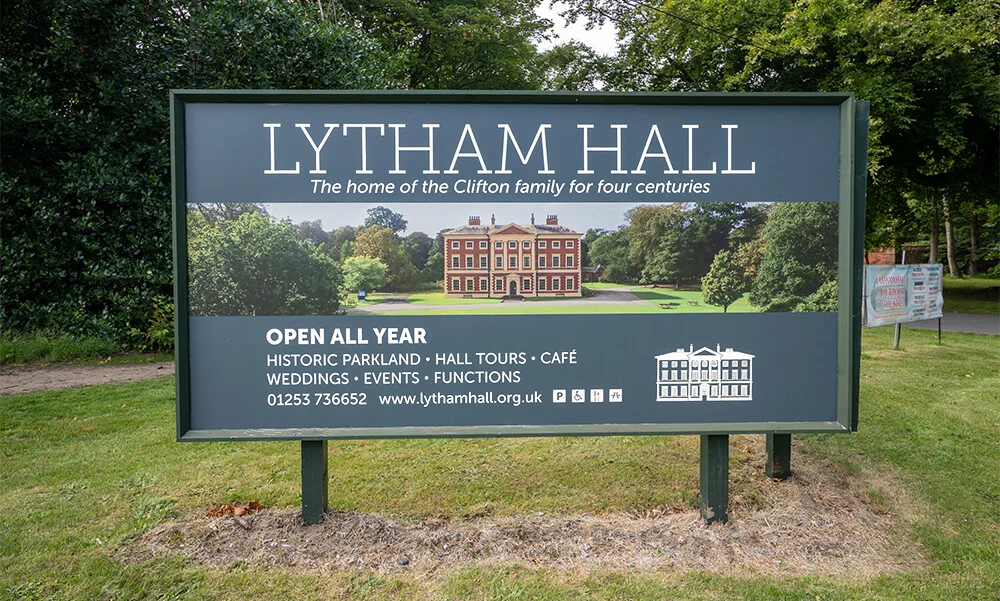
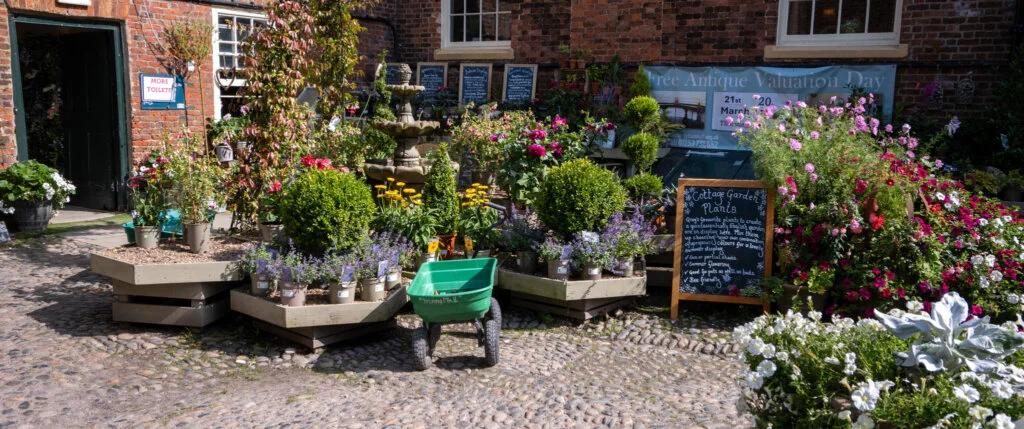
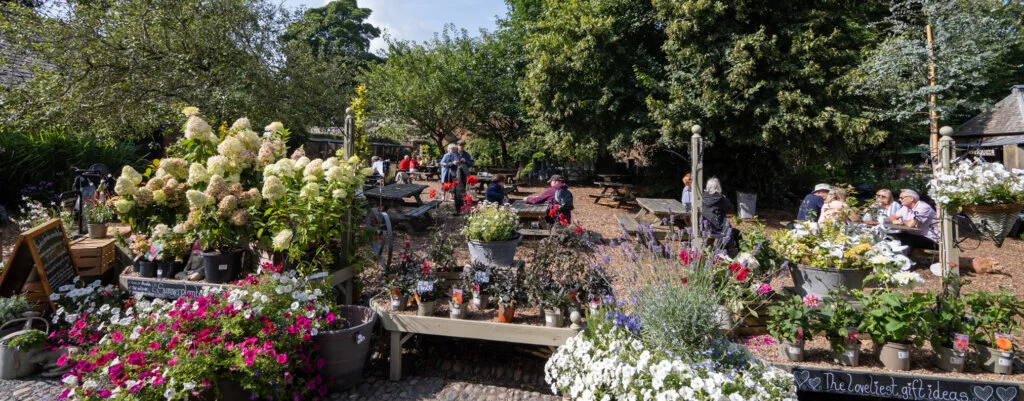
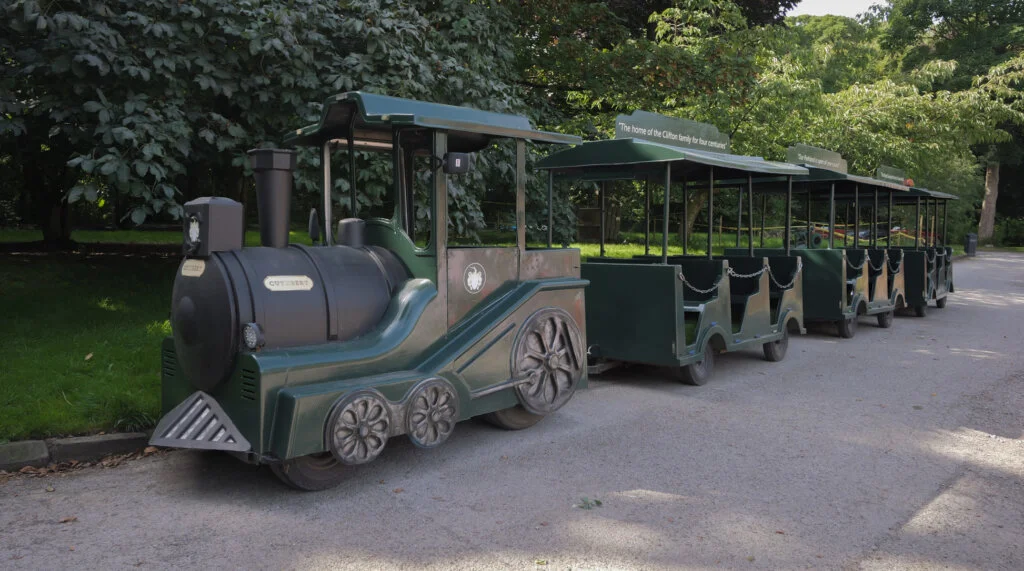
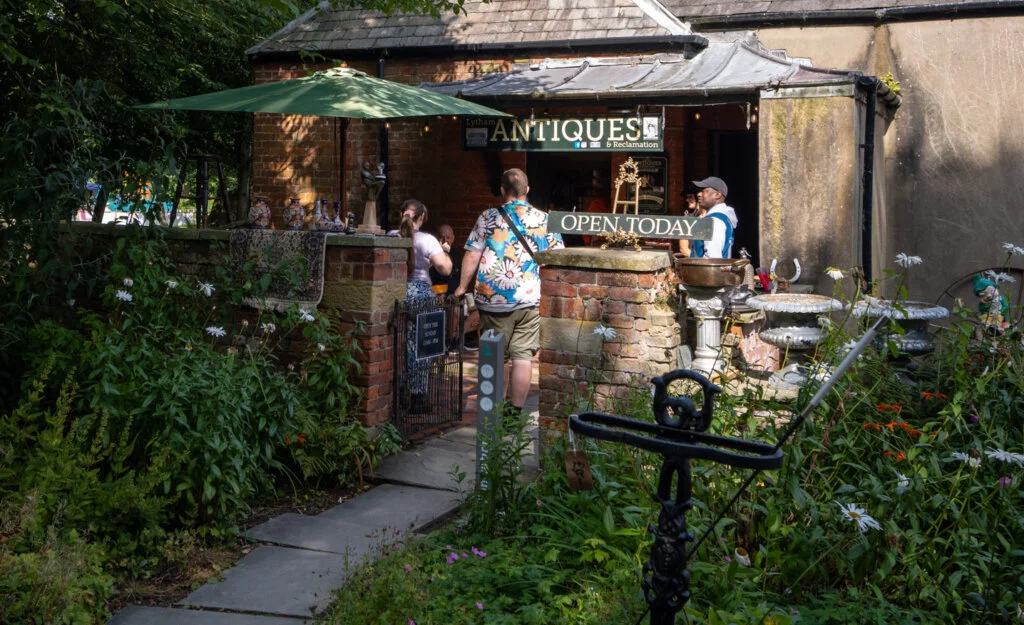
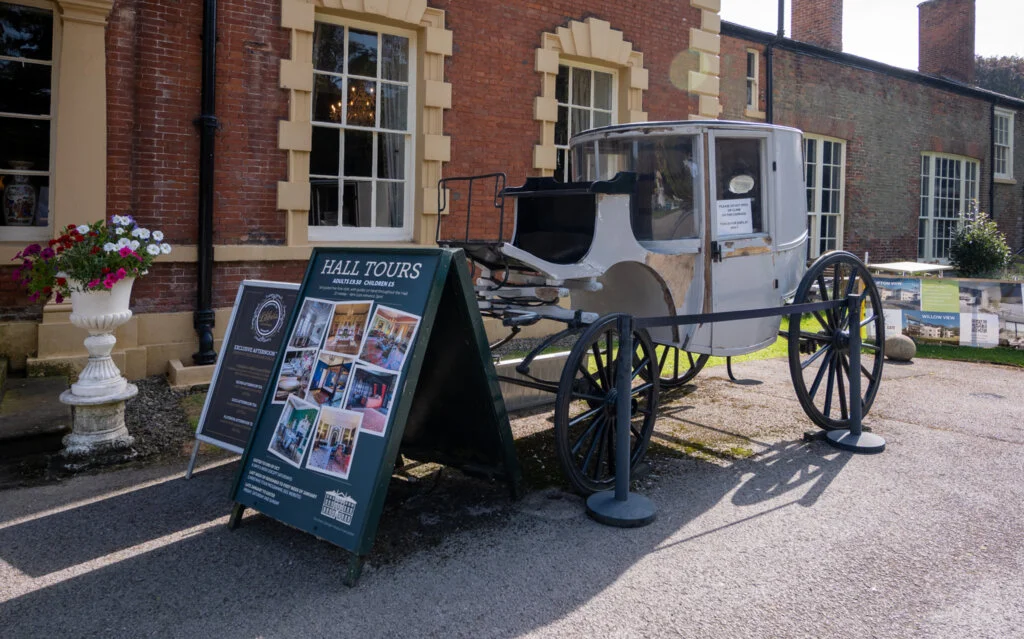
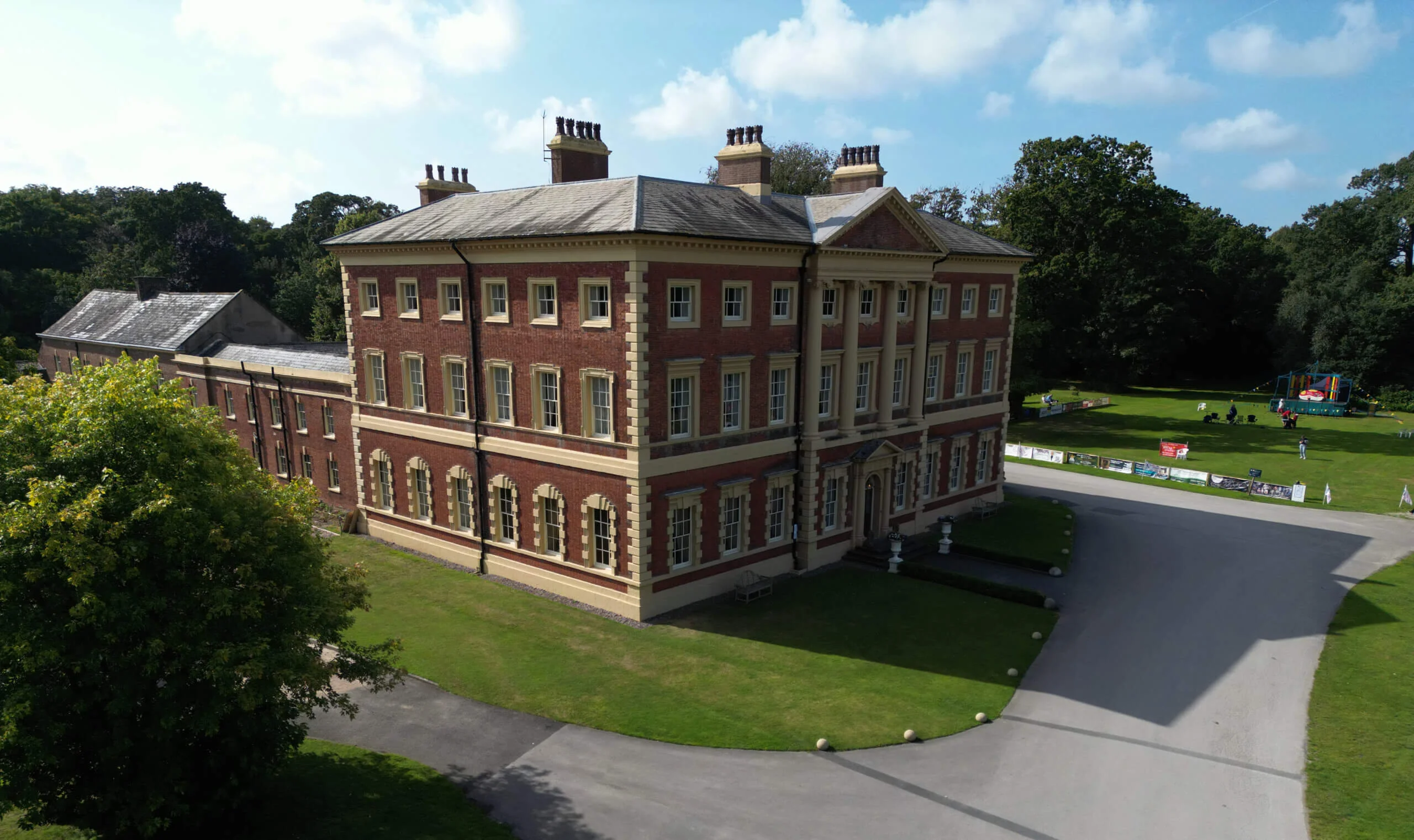
Featured Image © Deeper Blue Marketing & Design Ltd
Text source: from theirwebsite
Images by © Deeper Blue Marketing & Design Ltd

